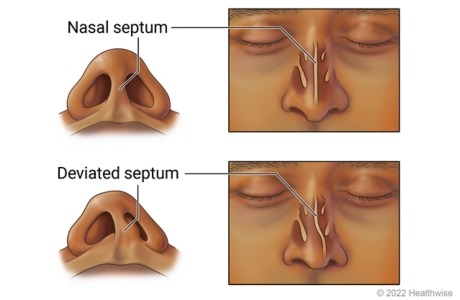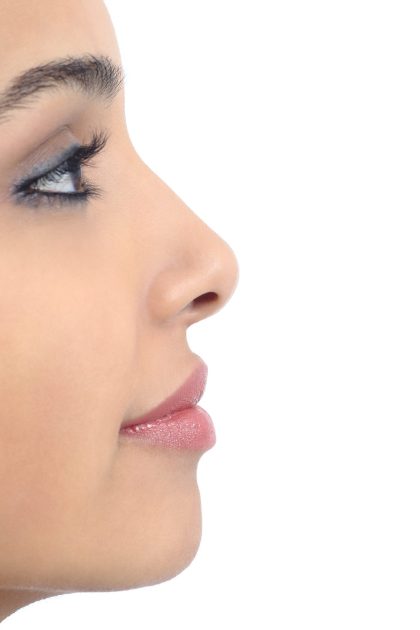Identifying the “best” rhinoplasty surgeons in the United States can be subjective and depend on various factors such as expertise, experience, patient satisfaction, and innovation in techniques. However, several renowned rhinoplasty surgeons have gained international recognition for their skills and contributions to the field. Some names that frequently come up in discussions about top rhinoplasty surgeons include:
- Dr. Rod J. Rohrich – Based in Dallas, Texas, Dr. Rohrich is widely regarded as a leading authority on rhinoplasty and has authored numerous publications on the subject.
- Dr. Dean M. Toriumi – Located in Chicago, Dr. Toriumi is known for his expertise in rhinoplasty and facial plastic surgery, attracting patients from around the world.
- Dr. Bahman Guyuron – A prominent plastic surgeon based in Cleveland, Ohio, Dr. Guyuron is recognized for his contributions to rhinoplasty techniques and research.
- Dr. Jack P. Gunter (deceased) – Dr. Gunter, based in Dallas, Texas, was a pioneer in rhinoplasty surgery and trained many plastic surgeons in advanced techniques.
- Dr. Richard Davis – A respected rhinoplasty surgeon based in Miami, Florida, Dr. Davis has a reputation for achieving natural-looking results.
- Dr. Paul Nassif – Known for his appearances on television shows like “Botched,” Dr. Nassif, based in Beverly Hills, California, specializes in revision rhinoplasty.
These are just a few examples, and there are many other talented rhinoplasty surgeons around the world. It’s essential for individuals considering rhinoplasty to research surgeons carefully, review before-and-after photos, and schedule consultations to find the right surgeon for their needs.
Has Dr. Graham Trained with any of these Rhinoplasty Surgeons?
Dr. Graham has trained with Dr. Rohrich, Dr. Gunter(prior to passing) Dr. Guyuron, Dr. Toriumi, and Dr. Davis. Dr. Graham has taken great pains and gone to great expense to travel and learn from these masters. He has done so through several advanced instructional courses. This quest for knowledge reflects Graham Plastic Surgery’s committment to excellence in Rhinoplasty.
Choose a Rhinoplasty Expert?
It is important that you choose a Plastic Surgeon experienced in rhinoplasty surgery. Rhinoplasty surgery is a field all in itself. It is considered by many Plastic Surgeons to be the most difficult of all procedures. To be proficient in rhinoplasty requires a very specific skill set and a prolific knowledge of rhinoplasty techniques. It is a finesse surgery that takes time and a commitment to perfection. Patients should be wary of any surgeon who simply does an “add on” rhinoplasty at the time of septoplasty. Excellent rhinoplasty results take 3-4 hours to achieve.
Dr. David Graham is a rhinoplasty expert. He is a member of the both the American Rhinoplasty Society and Rhinoplasty Society of Europe. He has pursued advanced training with the world’s finest rhinoplasty surgeons, such as Dean Toriumi, Rod Rohrich, Mario Ferraz, and Rick Davis. In addition to traveling all over the US to hone his craft, he has traveled to Italy and Germany to study with the world’s best surgeons. As a result, he is at the forefront of rhinoplasty techniques, including the usage of ultrasonic rhinoplasty. He performs both primary and revision rhinoplasty procedures out of his state of the art surgical suite.
Contact Board Certified Plastic Surgeon, David Graham, MD, in Rochester, New York
To learn more about the plastic surgery treatments and procedures performed by Board Certified Plastic Surgeon, David Graham, MD please contact us.
View our plastic surgery and med spa procedure pricing.
Dr. Graham receives patients from Rochester, Victor, Fairport, Pittsford, Brighton, Irondequoit, Henrietta, Syracuse, Buffalo, New York and surrounding areas.

 rhinoplasty is much more challenging than primary rhinoplasty and often times “your first shot is your best shot”. Scarred tissue as well as limited graft material make secondary rhinoplasty an entirely different operation than a primary rhinoplasty. It is also much more likely during a second rhinoplasty that you will need to harvest tissue from distant site, such as rib or ear cartilage, as septal cartilage was removed during the first operation.
rhinoplasty is much more challenging than primary rhinoplasty and often times “your first shot is your best shot”. Scarred tissue as well as limited graft material make secondary rhinoplasty an entirely different operation than a primary rhinoplasty. It is also much more likely during a second rhinoplasty that you will need to harvest tissue from distant site, such as rib or ear cartilage, as septal cartilage was removed during the first operation. merely addressing cosmetic concerns, rhinoplasty aims to harmonize facial features, boost confidence, and improve overall well-being. In this blog post, we will explore the intricacies of rhinoplasty, its transformative effects, and considerations for those contemplating this life-changing procedure.
merely addressing cosmetic concerns, rhinoplasty aims to harmonize facial features, boost confidence, and improve overall well-being. In this blog post, we will explore the intricacies of rhinoplasty, its transformative effects, and considerations for those contemplating this life-changing procedure. healing process and optimize the final results. Taping is theoretically done to provide additional support to the nasal tissues, minimize swelling, and help shape the nose during the initial stages of recovery.
healing process and optimize the final results. Taping is theoretically done to provide additional support to the nasal tissues, minimize swelling, and help shape the nose during the initial stages of recovery. 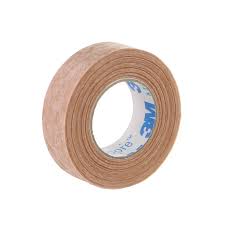
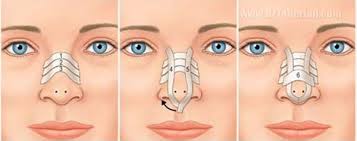
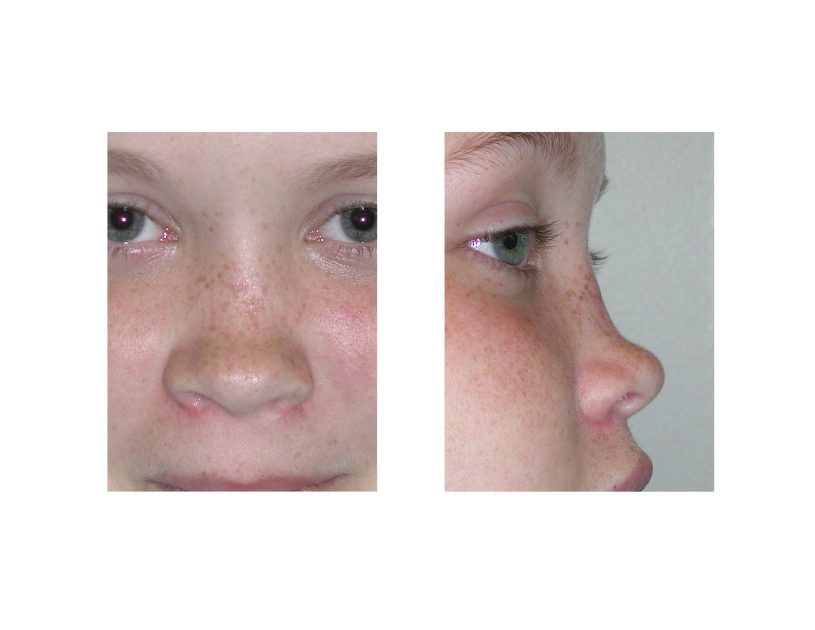 A “saddle nose” in the context of rhinoplasty refers to a deformity where the bridge of the nose has a concave or flattened appearance, resembling the shape of a saddle. This deformity occurs when there is a loss of structural support in the nasal bridge, leading to a collapse of the midportion of the nose.
A “saddle nose” in the context of rhinoplasty refers to a deformity where the bridge of the nose has a concave or flattened appearance, resembling the shape of a saddle. This deformity occurs when there is a loss of structural support in the nasal bridge, leading to a collapse of the midportion of the nose.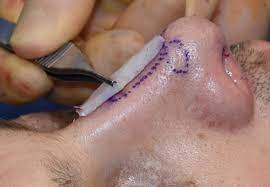 and support. This may involve using cartilage grafts, often taken from the patient’s own body (such as the septum, ear, or even rib), to rebuild the nasal bridge and create a more aesthetically pleasing and functional nose. Usually, the septum has already been damaged before the revision surgery. Therefore, rib or ear cartilage is often required. This is why it is important to go to a rhinoplasty expert for correction.
and support. This may involve using cartilage grafts, often taken from the patient’s own body (such as the septum, ear, or even rib), to rebuild the nasal bridge and create a more aesthetically pleasing and functional nose. Usually, the septum has already been damaged before the revision surgery. Therefore, rib or ear cartilage is often required. This is why it is important to go to a rhinoplasty expert for correction.